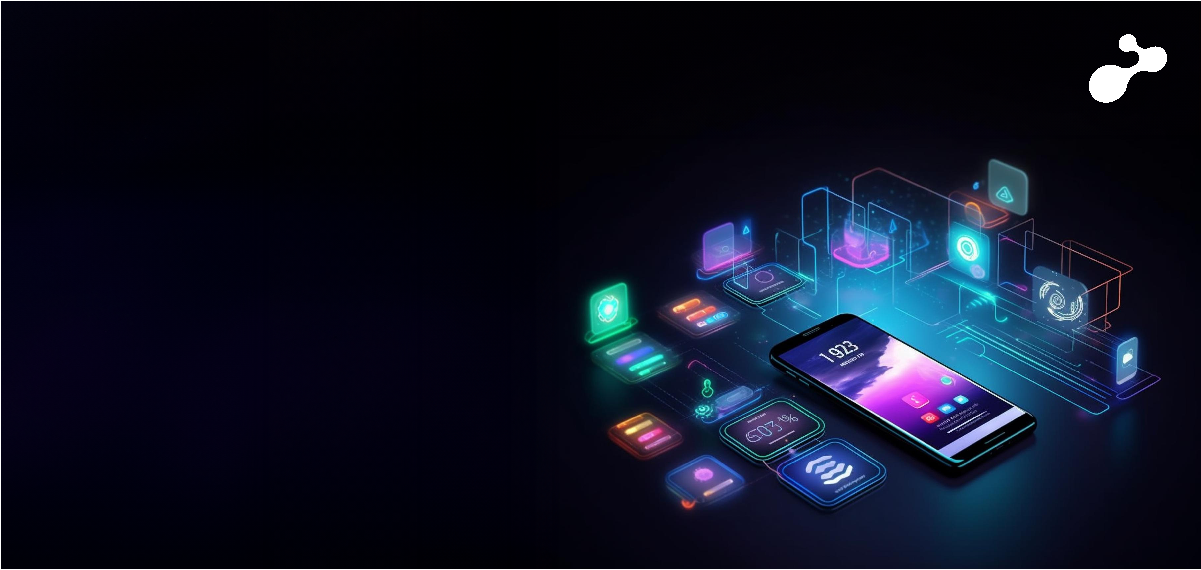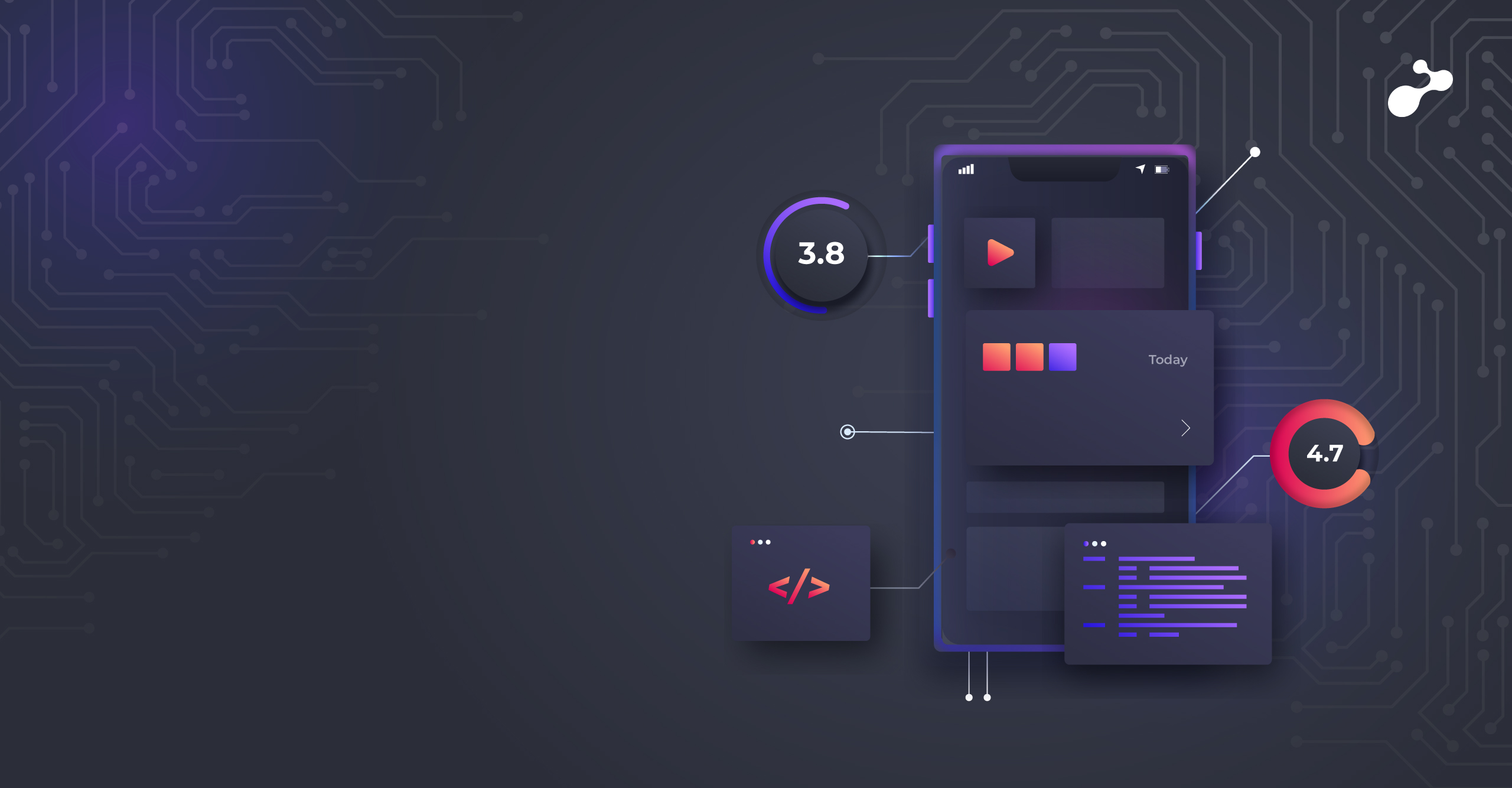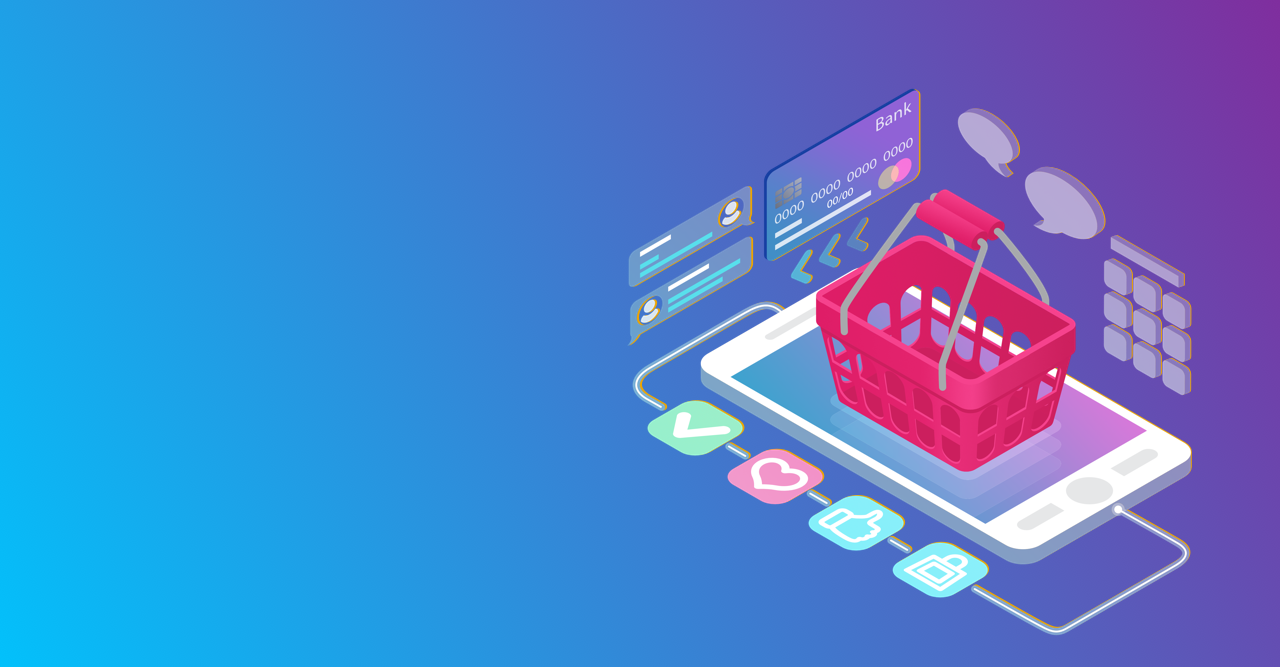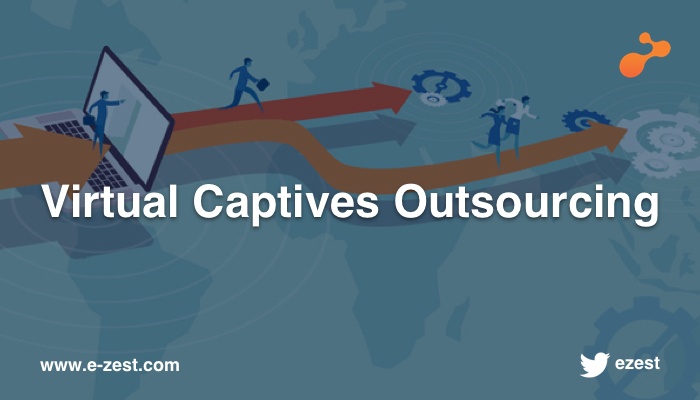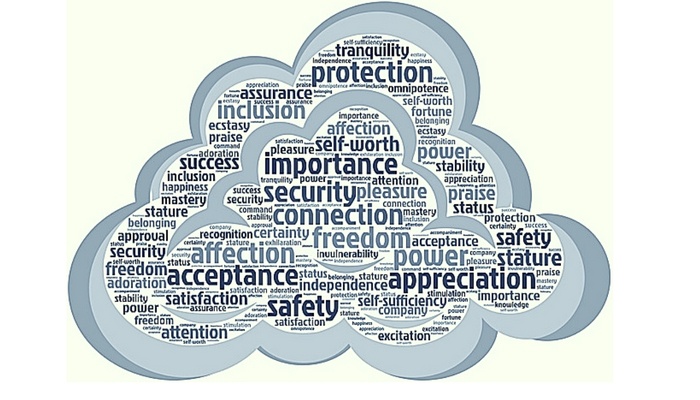Since the beginning of the pandemic, we have witnessed several industries adopt digital in almost every part of their business function. Having an online presence can no longer provide brands with the edge they once had, as the competition in the digital space has intensified in the last few months. Every brand and product today have a digital strategy to be in-tune with maturing customer expectations. This new customer mindset is the driving force behind brands focusing on elevating their product's user experience and customer experiences.
Customer experience is the focus area for organizations today, and this will continue in the years to come. The digital transformation that was ushered in during the global pandemic is here to stay, and companies are only building on this momentum to expand their digital horizons to more segments. Delivering exceptional customer experience in the growing digital environment is vital for success, whether it's contactless delivery, remote working, telehealth, eLearning or e-entertainment.
Here's a look at the emerging technologies and trends that are redefining customer experiences in a post-COVID-19 world:
5G Technology
5G technology promises to change how people use the internet, and this increased reliability, performance and super-fast speeds will undoubtedly impact customer expectations. We've already seen a spike in video engagement since the start of the pandemic and the use of video conferencing, telehealth, and virtual assistance features. With 5G being available, brands should be prepared to provide customer experiences to make the best use of this technology. There will be a significant rise in video chat support, intelligent troubleshooting guides featuring video walk-throughs for common problems, multimedia-rich websites and mobile apps, and the pace of 5G adoption will be much faster than any we have seen earlier.
Augmented Reality & Virtual Reality
Augmented Reality (AR) and Virtual Reality (VR) capabilities have been around for the past few years, but it has been after the pandemic that these technologies truly 'revolutionized' the marketplace. With virtual stores and digital commerce picking up, VR has seen an increase in enabling customers to gain a real-world understanding of the products that they are buying.
In the physical world, we're already seeing intelligent AR features allowing customers to interact with the real world in a unique way. AR glasses and apps are being used to providing real-time information and have even replaced the need for physical interaction. For example, post the unlocks, many physical stores use AR features in their apps and devices to allow customers to scan products to get in-depth info, add products to their cart and accept digital payments. AR is also being used in manufacturing for coaching and training, creating a smooth onboarding process that has also shown a high impact on productivity and understanding complex manufacturing procedures.
Internet of Things (IoT)
IoT has slowly made a presence in every sphere of our lives, with devices like IoT-connected sensors, lights, wearables, Smart TVs, and others becoming mainstream. IoT allows your devices to communicate remotely and truly expands the horizons for customer interaction. These new horizons are vital for brands to tap into and creates opportunities for customers to do more with a particular app or platform.
But in addition to creating new avenues for elevating customer experiences, IoT can enable brands to capture data points, track user behavior and create more efficient processes. For example, IoT can provide brands and customers with real-time alerts, independently detect an issue, and monitor health or other data points in real-time. This enables companies not just to provide exceptional features but also improve customer experience and offered services.
Artificial Intelligence (AI)
AI is everywhere, and we are already seeing how powerful a tool it can be to provide personalized customer experiences. With data analytics capturing more customer data points, we're already witnessing a future of hyper-personalization becoming the new norm. Businesses need to offer more personalized experiences by considering customer interactions, history, captured data, and saved preferences.
Brands need to start capturing and enabling intelligent analysis of customer data to provide exceptional customer experiences and trigger marketing communications that are relevant to your customer.
Consumer expectations change from time to time, but with the pace of innovation that we've witnessed in the past few months, these expectations are changing at a much faster rate. In this rapidly changing environment, customer experiences are now the #1 priority for enterprises in 2021. Leveraging the power of technology is a sure-fire way to elevate customer experiences to the next level. I must say many technologies and business innovations which we would have expected five years down the line; now we will experience in next 1-2 years. So not only should we be ready for these emerging technologies, but also be equipped to leverage their potential to be future-ready.



